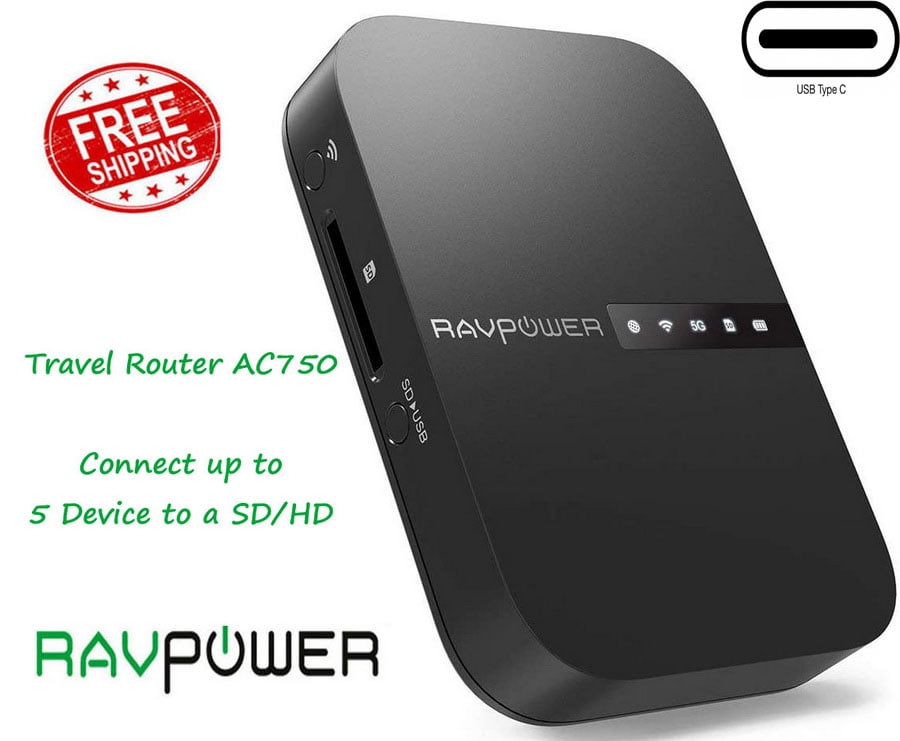
Being able to automatically back up an SD card at the touch of a button is useful for anyone traveling without a laptop or smartphone, so it was time to test that as well. Of course, you don’t have to use the app or a browser to copy files if you don’t want to. Unsurprisingly, I went with the second option.
#RAV FILEHUB APP FOR CHROMEBOOK DOWNLOAD#
My choice was to either download each one individually by viewing and saving it, or use a two-step process via the USB stick. While it’s possible to copy or move multiple files between an SD card and USB stick, the browser interface didn’t seem to offer a way of downloading them to the laptop in bulk.

If you’re into getting things done, however, you won’t love it quite as much.

If you’re into nostalgia, you’ll love it. It’s very basic, throwing back to the late 90s in terms of looks and functionality.
#RAV FILEHUB APP FOR CHROMEBOOK ANDROID#
Using the 2.4Ghz network also worked fine, but copying between the SD card and the Android phone took around 30% longer.Īs there’s no app for Windows or MacOS, I used the browser interface to test from my laptop. By comparison, it took under two minutes when using a laptop instead.Īll of the above tests were done while connected to the FileHub’s 5Ghz Wi-Fi network. Copying a 4GB file from one folder to another on the USB drive took 20 minutes to get about halfway, and then failed. Moving files around via the app’s File Management feature was also extremely slow. I got the same results with a different USB stick, however, so there’s definitely something odd going on there. That amount of difference doesn’t make sense, since it’s the same amount of data being moved either way.

Next, I plugged in a USB hard drive and copied the same folder to that. I began by inserting an SD card into the FileHub and used the app to wirelessly copy a folder containing 470 photos (1.2GB) to an Android phone. I’d already installed the (Android) app on my phone, so joined one of the new networks, loaded up the app, and got started. After holding down the power button for a few seconds and waiting about half a minute, two new wireless networks appeared: one 2.4Ghz, one 5Ghz. The FileHub shipped with a partial charge, so I connected a USB-C cable to top it off while testing. Sometimes it’s the little things in life. The screenshots were in color and the sentences generally made sense, at least. I don’t usually bother mentioning instruction books for gadgets like these because they’re almost universally awful, but this was better than most. The FileHub arrived in a compact box that held the device itself, a short USB-A to USB-C cable, and a thick instruction booklet with information in three languages. Like so many similar apps, both versions have terrible reviews. That’s because almost all of the configuration is done via software, either by connecting to the inbuilt web server or using the iOS or Android app. Given how much the FileHub can do, there are few buttons on the device itself. You can also charge other devices from that port using the built-in 6700mAh battery. As well as the USB-C charging port, there’s RJ45 Ethernet for connecting to a wired network, and USB-A for plugging in a storage device. Three ports sit along the top, protected by a solid rubber flap.

A power button sits on the right-hand edge, while the left holds the SD card reader and a couple of buttons: one to switch between 2.4 and 5Ghz wireless networks, and the other to copy files from an SD card to USB storage. It’s the sides where things get more interesting. The front is blank except for the company logo and a line of icons that give you a basic idea of what’s going on, while the back holds nothing beyond a list of specifications. The latest version of the RavPower FileHub is a small black box, measuring 4.4 x 3.0 x 1.0 inches (11.3 x 7.6 x 2.5cm), and weighing seven ounces (199g).


 0 kommentar(er)
0 kommentar(er)
